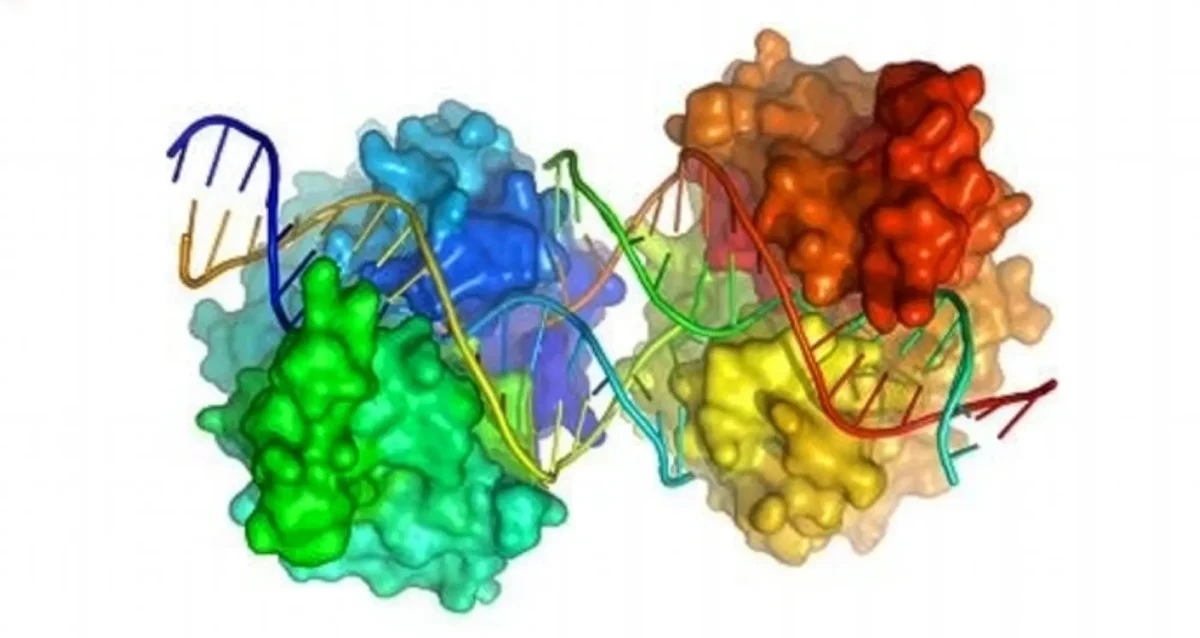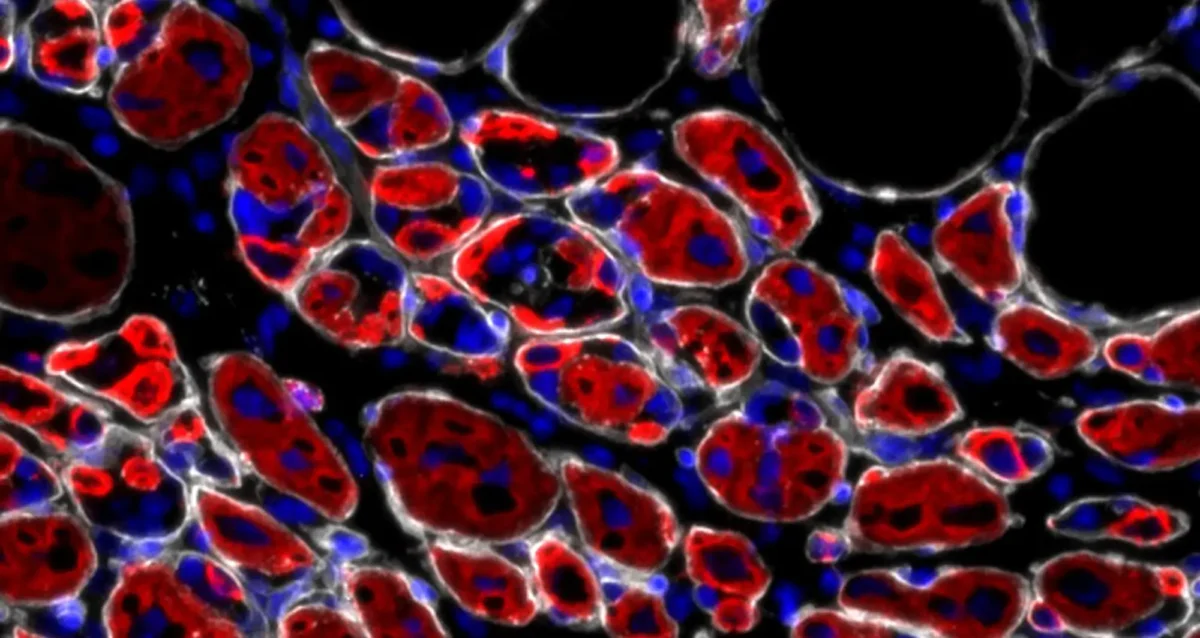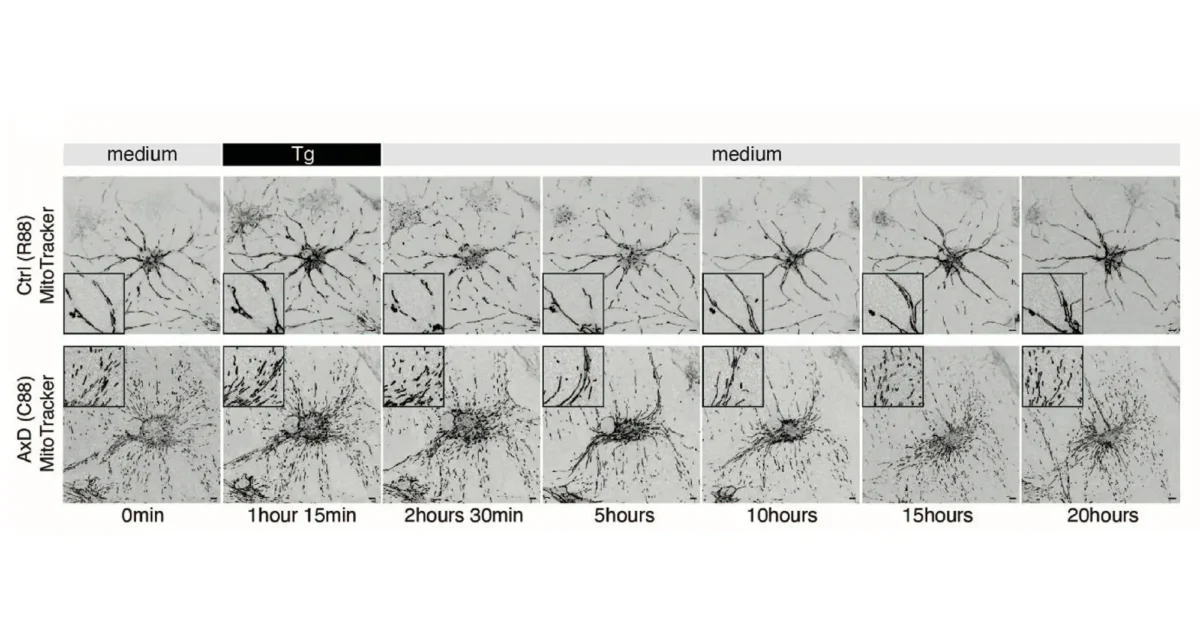Let’s Work Together
A relationship with Sanford Burnham Prebys provides access to deep biological knowledge and advanced translational technologies that result in fundamental and pioneering biological insights, pharma-grade drug discoveries, nimble, collaborative and trusted relationships, fair intellectual property strategies and first-in-class projects.
Translational Research
We have the scientific expertise and technology platforms to establish innovative disease targets, identify potential new drugs and advance them toward the clinic.
The Conrad Prebys Center for Chemical Genomics is the Institute’s comprehensive center for drug discovery and chemical biology.

Advantages/Facts
Our competitive advantages
- Outstanding academic research and premier drug discovery science. The Prebys Center is one of the most advanced nonprofit drug discovery centers in the world.
- Powerful academic network and collaborative reputation. Partners include universities, clinical organizations, disease foundations, government agencies and biopharma companies.
- Success in securing translational research grants. More than $100 million over the past five years.
- A track record of successful milestone-driven drug discovery. Sanford Burnham Prebys science has supported many key treatments and tests. See the accompanying facts.
Institute facts
- 1,444 patents issued to date
- 8 FDA-approved treatments and tests
- 12 current clinical trials underway
- 37 startups from Sanford Burnham Prebys innovations
- 60 current projects in the pre-clinical candidate pipeline
Clinical Trials
Current clinical trials supported by Sanford Burnham Prebys research
Tobacco use disorder
Nicholas Cosford, PhD
A drug discovered in the lab of Nicholas Cosford, PhD, professor and deputy director of our NCI-designated Cancer Center, successfully completed a Phase 1 clinical study. The compound, SBP-9330, targets a neuronal pathway underlying addictive behaviors and would be a first-in-class oral therapeutic to help people quit smoking.
Ectopic calcification diseases
José Luis Millán, PhD
José Luis Millán, PhD, has led foundational research resulting in a clinical trial for a compound that inhibits calcium deposits in parts of the body where they shouldn’t be, such as blood vessels. The compound, DS-1211, is being evaluated by SBP partner Daiichi Sanko in a Phase 2 clinical trial in individuals with pseudoxanthoma elasticum (PXE), a rare multisystem genetic disease that causes calcium deposits in soft tissue resulting in considerable morbidity. The new drug may benefit those suffering from heart failure, kidney disease and other conditions where vascular calcification creates a health risk.
Pancreatic cancer
Erkki Ruoslahti, MD, PhD
A compound discovered by a research team led by Erkki Ruoslahti, PhD, is being evaluated in multiple Phase 2 trials for cancer, including pancreatic cancer and other solid tumors. The compound, LSTA-1, is used with existing cancer drugs, helping streamline their deep penetration into solid tumors, which are often surrounded by thick fibrotic tissue. This advance could also be significant for those suffering from other solid tumor cancers such as brain and ovarian cancer.
FDA Approved
FDA-approved treatments and tests supported by Sanford Burnham Prebys research
Venclexta™
To treat chronic lymphocytic leukemia
Approved in 2016
Venclexta™ is used to treat people with chronic lymphocytic leukemia (CLL) or small lymphocytic lymphoma (SLL), who have received at least one prior treatment. People treated with Venclexta™ + rituximab were 81% less likely to have their disease worsen, or to die before their disease worsened, compared to another treatment (bendamustine + rituximab (BR)). The goal of the treatment is achieving remission.
The American Cancer Society estimates that more than 20,000 cases of CLL and SLL (combined) occur in the U.S. per year. The condition mainly affects older adults, and the risk is slightly higher in men than women. Sanford Burnham Prebys scientists performed fundamental cancer research that led to the identification of the drug.
Strensiq®
To treat hypophosphatasia or soft bone disease
Approved in 2015
Strensiq® is an innovative enzyme replacement therapy for the treatment of patients with perinatal/infantile and juvenile onset hypophosphatasia (HPP). HPP is a genetic, chronic, progressive and life-threatening metabolic disease in which patients experience devastating effects on multiple systems of the body, leading to debilitating or life-threatening complications. Strensiq® is the first therapy indicated to treat HPP improving bone mineralization and survival rates.
HPP is a rare disease that occurs in approximately one per 100,000 births. Sanford Burnham Prebys scientist José Luis Millán performed key research on the mechanisms that control normal skeletal and dental mineralization that led to the development of this drug.
Aggrastat®
To prevent blood clots from forming
Approved in 2000
Aggrastat is a type of “blood thinner” prescribed for people at risk of a heart attack or other serious blood flow problems. About 2 million to 3 million people take blood thinners every year to help blood flow smoothly through veins and arteries, and to keep blood clots from forming or getting bigger. Sanford Burnham Prebys scientists performed fundamental research on the biology of blood clotting which led to the development of this drug.
Targretin®
To treat cutaneous t-cell lymphoma
Approved in 1999
Targretin® is used to treat the skin problems arising from cutaneous T-cell lymphoma in patients who have not responded well to other treatments. Cutaneous T-cell lymphomas are a group of disorders characterized by abnormal accumulation of malignant T-cells in the skin potentially causing rashes, plaques and tumors. There are approximately 1,000 new cases of skin lymphoma each year in the U.S. Sanford Burnham Prebys scientists performed research that helped identify the drug.
Integrilin®
To prevent blood clots during a heart attack or angioplasty
Approved in 1998
Every 40 seconds, someone in the United States has a heart attack. A heart attack, also called myocardial infarction, occurs when a blood clot completely obstructs a coronary artery supplying blood to the heart muscle. Angioplasty is a procedure that opens blocked arteries and restores normal blood flow to the heart muscle. Sanford Burnham Prebys contributed to the research that enabled the development of Integrilin.
PSA Test
Test to screen for prostate cancer
Approved in 1994
The PSA test is the most common screening tool for prostate cancer. The test measures the amount of prostate-specific antigen (PSA) in blood and helps doctors detect prostate cancer, monitor treatment or assess recurrence. Sanford Burnham Prebys invented the technology used in the PSA test.
Epogen®
To treat anemia caused by chronic renal disease and chemotherapy
Approved in 1989 and 1993
In the U.S. more than 20 million people ages 20 and older have CKD (chronic kidney disease) and roughly 400,000 of these people are undergoing dialysis treatment. Nearly all people on dialysis have anemia. For 25 years over 1.5 million Medicare patients on dialysis who suffer from anemia have been given EPOGEN®, diminishing the need for a blood transfusion. Sanford Burnham Prebys scientists generated the technology that enabled the development of the drug.
Duvyzat™
To treat patients with Duchenne muscular dystropy
This first-in-class medicine to treat patients with Duchenne muscular dystrophy, a devastating neuromuscular disease, was informed by 30 years of investigative groundwork by Pier Lorenzo Puri, MD.






